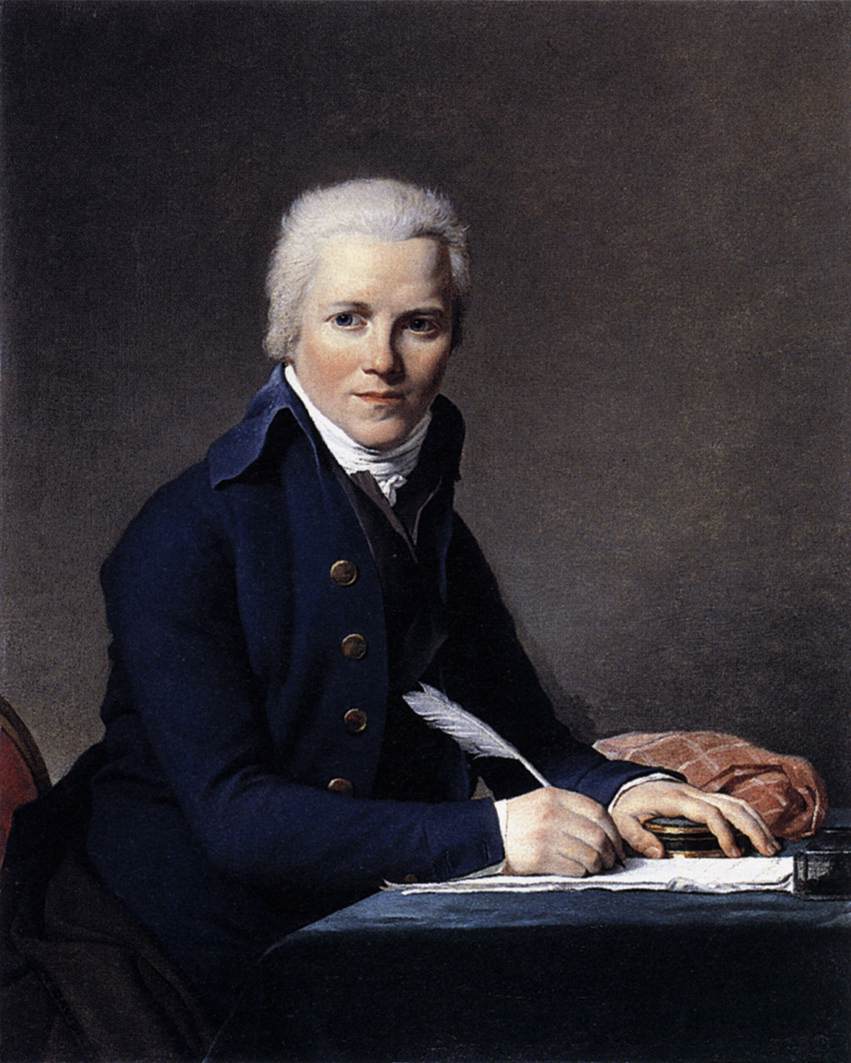Description
The painting Jacobus Blauw by the artist Jacques-Louis David is a masterpiece of French neoclassicism that stands out for its artistic style, composition, color and for the story behind it. With an original size of 92 x 73 cm, this work depicts a handsome young man, dressed in a white robe and red turban, holding a sheet of paper in his right hand as he gazes intently towards the viewer.
Jacques-Louis David's artistic style is characterized by his precision and clarity in the representation of human figures and by his interest in history and mythology. In Jacobus Blauw, the artist uses a highly detailed and realistic painting technique, which can be seen in the texture of the clothing and the expression on the character's face.
The composition of the painting is very balanced and symmetrical, reflecting the influence of classical architecture on David's work. The character is placed in the center of the painting, surrounded by a series of columns and arches that create a sense of depth and space.
The color of the paint is another interesting aspect to highlight. The soft, warm tones of the white robe and red turban contrast with the dark, austere background of the work, creating an effect of lightness and vitality that draws the viewer's attention.
Regarding the history of the painting, it is known that Jacobus Blauw was a young Dutch law student who was in Paris in 1787 to study at the Sorbonne. David, who was a friend of his father, portrayed him in this work as a tribute to his beauty and youth.
Finally, a little-known aspect of the painting is that it was acquired by Emperor Napoleon Bonaparte in 1804, becoming one of the most precious pieces in his personal collection. Today, the work is in the Louvre Museum in Paris, where it continues to fascinate visitors with its beauty and technical perfection.

